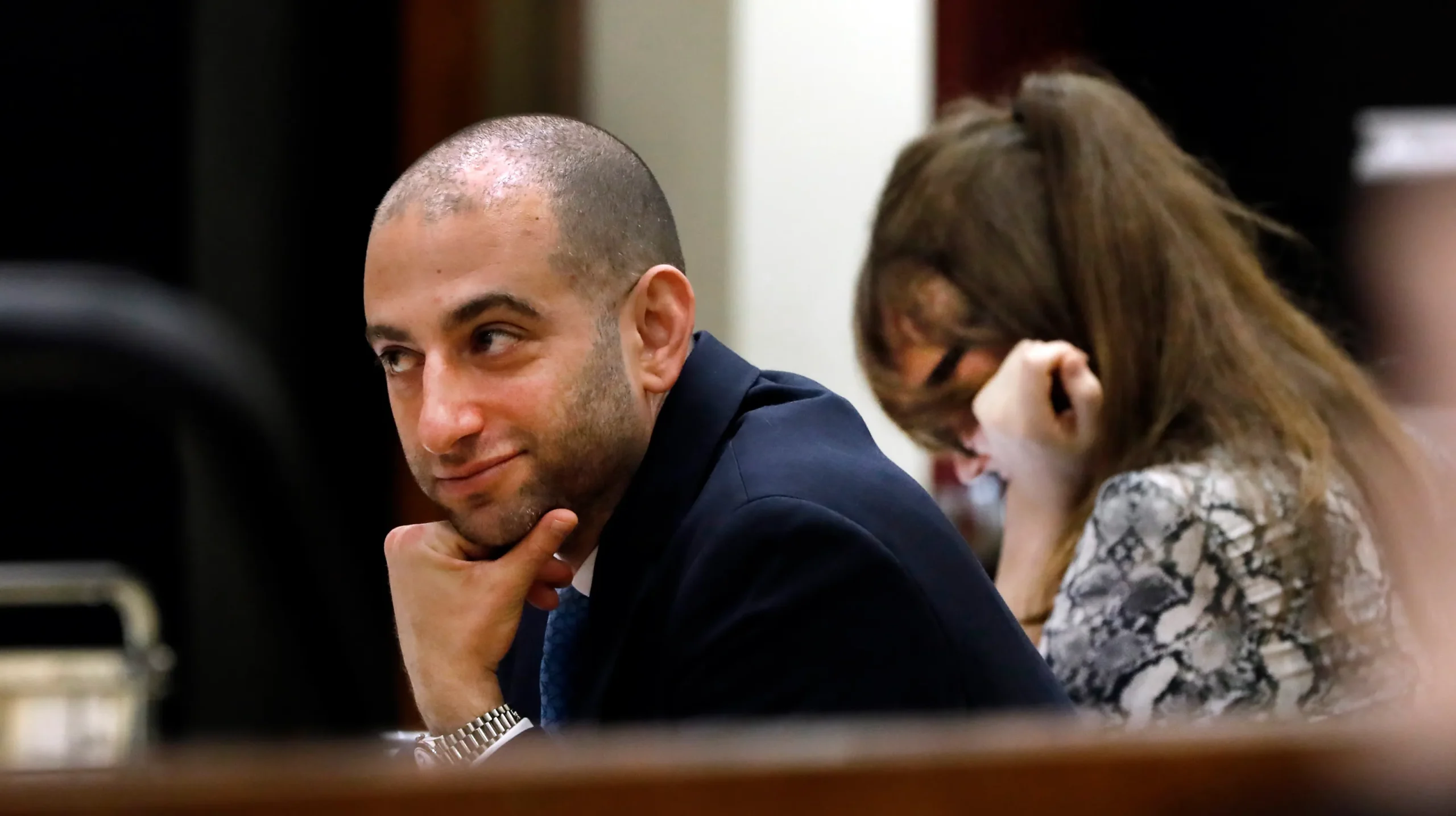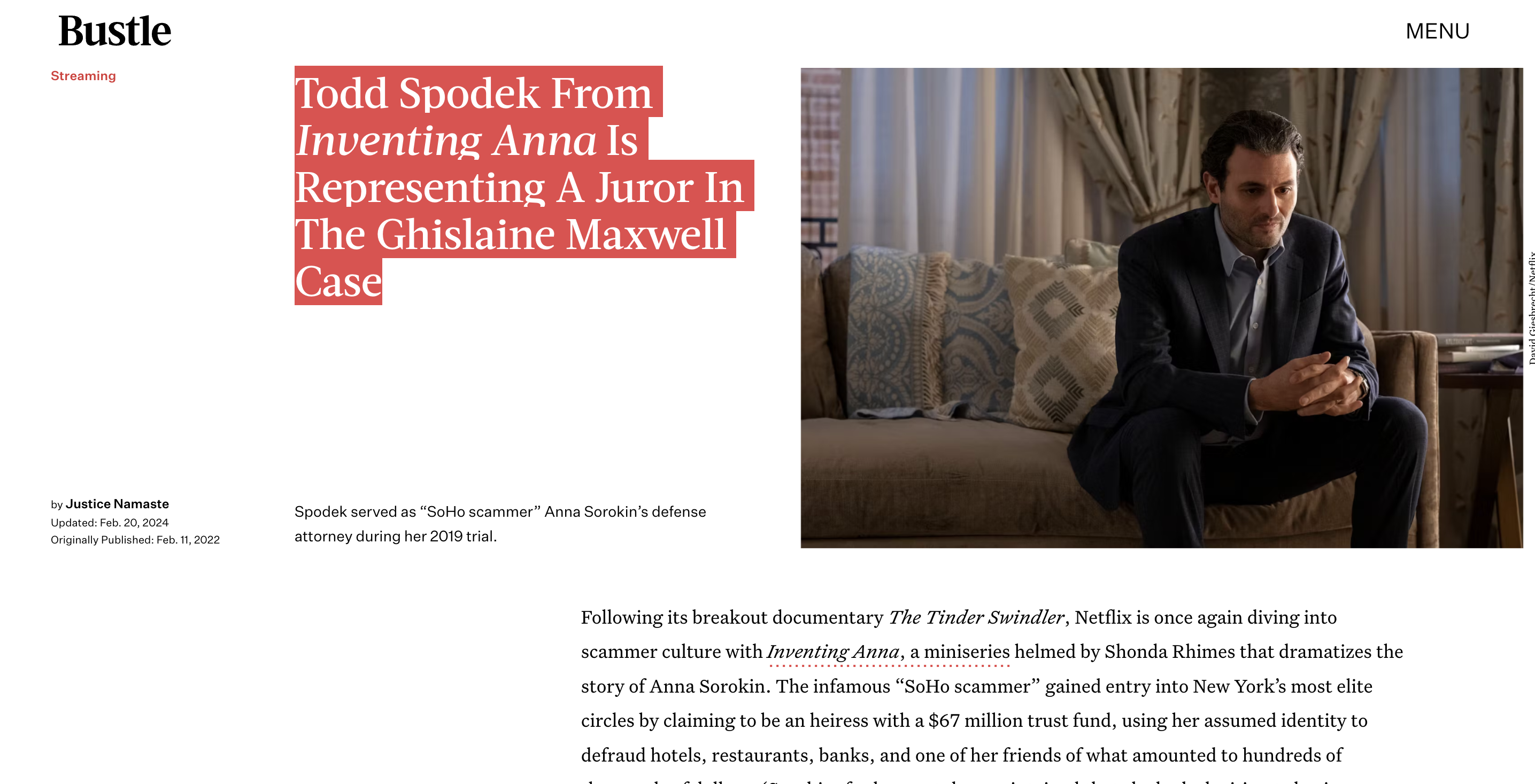Blog
Blocking Improper Witness Identifications in Lineups in New York
Blocking Improper Witness Identifications in Lineups in New York
Eyewitness misidentification is one of the leading causes of wrongful convictions in the United States. Studies show that mistaken eyewitness identifications play a role in over 70% of convictions overturned through DNA testing. This is an alarming statistic that demonstrates the fallibility of memory and perception, especially in stressful situations like witnessing a crime.
New York has been at the forefront of efforts to reform police procedures for lineups in order to prevent improper witness identifications. Back in 2011, the New York State Justice Task Force issued recommendations for lineup procedures, drawing on social science research and input from law enforcement. While these recommendations were an important step, they were not binding on police departments. However, a recent New York court ruling now requires compliance statewide.
New York’s Lineup Procedure Reforms

In 2017, New York’s highest court, the Court of Appeals, issued a landmark decision in People v. John that now mandates police departments comply with scientifically-supported lineup practices. This ruling stemmed from an appeal by a defendant who was convicted based on a disputed eyewitness identification. The judges ruled that if police fail to follow proper identification procedures, the prosecutor can’t use the identification as evidence at trial. This gives the reforms real teeth to compel compliance.
So what are these new lineup procedures that police must follow? There are a few key scientific recommendations:
- Lineups should be conducted by an officer who doesn’t know the identity of the suspect, called a “blind” lineup. This prevents inadvertent signaling to the witness about the “right” choice.
- Witnesses should be instructed that the perpetrator may or may not be present in the lineup. This minimizes pressure to make a selection.
- Lineups should be presented sequentially rather than simultaneously. Seeing one photo at a time prevents making relative judgments.
- Confidence statements should be collected immediately after an identification is made. Confidence can be inflated over time.
Research shows that following these and other science-based reforms can significantly reduce the rate of false identifications, without reducing the ability to correctly identify perpetrators. Preventing even one wrongful conviction is worth implementing reform.
Why Mistaken Eyewitness IDs Happen
Human memory and perception can be unreliable in stressful situations where things are happening quickly, like witnessing a crime. Identifying a stranger seen only briefly under poor conditions is incredibly challenging. There are several key factors why mistakes occur:
- Stress – Events like a crime are stressful and negatively impact memory formation and recall accuracy.
- Weapon focus – Attention narrowing on a weapon rather than the face of a perpetrator makes later ID difficult.
- Cross-race effect – People are better at recognizing faces of their own race than other races.
- Unconscious transference – A witness may ID someone familiar but not involved in the crime.
- Suggestiveness – Subtle cues by police can influence a witness to select the suspect they presume guilty.
Mistaken witness IDs aren’t due to dishonesty – the witnesses genuinely believe their memory is accurate. That’s why proper lineup procedures are so important.
Benefits of Sequential, Blind Lineups
Key scientific recommendations include sequential photo lineups (showing one person at a time) conducted by a “blind” administrator. What are the benefits of such procedures?
Sequential: When people see all choices together, there is a tendency to make relative judgments about which person looks most like their memory compared to the others. This becomes like a multiple choice test rather than an absolute judgment of memory match. Studies confirm fewer misidentifications with sequential lineups.
Blind administration: If the officer knows who the suspect is, they can inadvertently give cues influencing the witness to pick them through body language or tone of voice. Keeping officers blind prevents any intentional or unintentional signaling and skewing of identifications.
While these procedures may seem like common sense, many departments still use outdated practices. But research confirms these lineup methods really do reduce false identifications without reducing the rate of correct IDs. The costs of reform are minimal compared to the risk of convicting an innocent person.
The Role of Confidence Statements
Another key recommendation is taking a confidence statement from the witness right after an identification is made during the lineup procedure. Research shows eyewitness confidence can be inflated over time by receiving feedback or information after the ID. The initial confidence rating is most reliable.
Confidence statements also provide important context for evaluating the reliability of the identification evidence in court. High confidence correlates with more accurate IDs. However, many mistaken IDs are still made with high confidence, so confidence alone is not a perfect indicator.
Pushback Against Lineup Reforms
While lineup reforms based on social science make sense, some pushback remains. Police departments may be resistant to change and view sequential, blind lineups as impediments to catching criminals. Some argue that the old simultaneous lineups work fine and help secure convictions. However, the goal should be accuracy and fair processes, not just convictions at any cost.
There are also practical concerns like limited time, resources, and staffing to implement these procedures. But again, protecting the innocent from wrongful conviction is worth allocating resources for reform. Police training and better documentation can address many of these concerns.
Wrongful Conviction Case – John Restivo
The risks of improper witness identifications and need for reform is illustrated in the case of John Restivo. In the 1980s, Restivo and another defendant were convicted of rape and murder based on eyewitness identifications and sentenced to decades in prison. They always maintained their innocence.
The identifications clearly had reliability issues – the witnesses saw the perpetrators for only minutes in the dark from over 50 feet away. Police also used suggestive procedures that reinforced selection of the defendants. After nearly 20 years in prison, DNA testing finally excluded Restivo and his co-defendant. The convictions were vacated and the charges dismissed. The real perpetrator was never found.
This case demonstrates the tragedy of mistaken eyewitness IDs leading to wrongful convictions and years stolen from innocent people. It shows why rigorous lineup procedures matter so much.
Recent Legal Challenges
While the 2017 NY v. John ruling mandates lineup reforms, some police departments have still lagged in compliance. For example, in 2020 the Legal Aid Society sued the NYPD for failure to implement proper photo array procedures and training. The lawsuit alleges that deficiencies in NYPD lineups have contributed to wrongful convictions.
Without oversight, some police departments try to skirt lineup requirements. But the courts seem willing to enforce compliance. For example, a NY judge recently ruled a lineup was unduly suggestive because the witness was shown photos sequentially, but knew there were multiple photos to view. This violated the intent of sequential procedures.
Continued legal advocacy will be needed to make sure lineup reforms are properly implemented and enforced. But the courts seem to recognize the imperative of reform in order to prevent wrongful convictions.
Looking Forward
The legal landscape has now changed in New York – police can no longer use improper lineup procedures that increase the risk of mistaken witness IDs. This should significantly improve the reliability of eyewitness evidence used in prosecutions. Other states should follow New York’s lead in requiring scientifically-supported lineup reforms.
Of course, witness identifications will never be foolproof. Even following best practices, mistakes can still happen. Therefore, eyewitness evidence should always be viewed cautiously and corroborated with other evidence. Lineup reforms are an important step, but only one piece of improving accuracy in the justice system.
At the end of the day, mistaken witness IDs ruin lives. No amount of compensation can make up for the years lost by innocent people wrongfully imprisoned. If simple reforms like sequential blind lineups can reduce this risk and prevent tragedies like John Restivo’s, then surely it’s worth implementing nationwide.
References
Wells, G. L., & Olson, E. A. (2003). Eyewitness identification: Information gain from incriminating and exonerating behaviors. Journal of Experimental Psychology: Applied, 9(3), 155–167. https://doi.org/10.1037/1076-898X.9.3.155
Greathouse, S. M., & Kovera, M. B. (2009). Instruction bias and lineup presentation moderate the effects of administrator knowledge on eyewitness identification. Law and human behavior, 33(1), 70–82. https://doi.org/10.1007/s10979-008-9136-x
Sauerland, M., Sagana, A., & Sporer, S. L. (2012). Assessing nonchoosers’ eyewitness identification accuracy from photographic showups by using confidence and response times. Law and human behavior, 36(5), 394–403. https://doi.org/10.1037/h0093926
The National Registry of Exonerations. John Restivo. Retrieved from https://www.law.umich.edu/special/exoneration/Pages/casedetail.aspx?caseid=3620
Pinto, N. (2022). Showup Identification Suppressed Because of Overly Suggestive Identification Procedure. New York Criminal Lawyer Blog. Retrieved from https://www.newyorkcriminalattorneyblog.com/showup-identification-suppressed-because-of-overly-suggestive-identification-procedure









